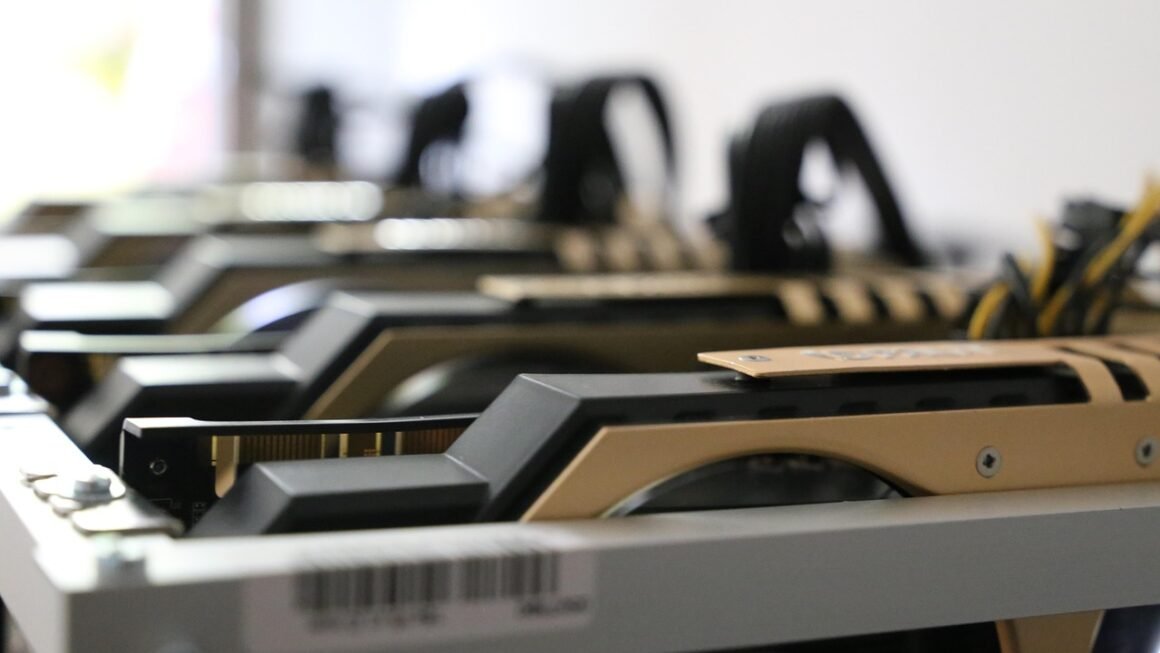Peer-to-peer (P2P) technology has revolutionized how we interact with data and each other online. From file sharing and cryptocurrency to decentralized marketplaces and collaborative computing, P2P networks offer compelling alternatives to traditional centralized systems. Understanding the fundamentals of P2P, its advantages, and potential drawbacks is crucial in today’s increasingly interconnected world. This blog post dives deep into the world of peer-to-peer, exploring its inner workings and diverse applications.
What is Peer-to-Peer (P2P)?
Peer-to-peer, in its simplest form, refers to a decentralized network architecture where each participant, or “peer,” has equal capabilities and responsibilities. Unlike traditional client-server models where a central server provides services to multiple clients, P2P networks allow peers to communicate and share resources directly with each other. This distributed nature offers several advantages, but also presents unique challenges.
Decentralization Explained
The core concept underpinning P2P is decentralization. Instead of relying on a single point of failure (the central server), data and processing power are distributed across the network. This makes P2P networks more resilient to attacks, censorship, and outages.
- Example: Imagine a file-sharing service. In a client-server model, all files are stored on a central server. If that server goes down, everyone loses access. In a P2P network, files are distributed across multiple peers. Even if some peers go offline, others can still provide the file.
How P2P Networks Function
In a P2P network, peers connect to each other and exchange data, resources, or services. The network can be structured in different ways:
- Unstructured P2P: Peers connect randomly. Searching for a resource involves flooding the network with queries until a peer with the desired resource is found. This can be inefficient but is highly resilient.
- Structured P2P: Peers are organized according to a specific algorithm or protocol, creating a more organized and efficient network. Examples include Distributed Hash Tables (DHTs).
- Hybrid P2P: Combines aspects of both centralized and decentralized systems. For instance, a central server might maintain a directory of peers, while actual data transfer occurs directly between peers.
Types of Peer-to-Peer Networks
P2P networks can be categorized based on their specific purpose and implementation:
- File Sharing Networks: These are the most well-known examples of P2P, allowing users to share files like music, movies, and software directly with each other. Examples include BitTorrent and eMule.
- Cryptocurrency Networks: Cryptocurrencies like Bitcoin and Ethereum rely on P2P networks to maintain a decentralized ledger and process transactions. Miners (peers) validate transactions and add them to the blockchain.
- Distributed Computing Networks: These networks utilize the collective processing power of multiple computers to solve complex problems. Examples include SETI@home, which analyzes radio signals for signs of extraterrestrial life.
- Communication Networks: P2P technology is used in instant messaging applications and VoIP (Voice over Internet Protocol) services to enable direct communication between users.
Benefits of Peer-to-Peer Networks
P2P networks offer several compelling advantages over traditional centralized systems, making them attractive for a wide range of applications.
Enhanced Resilience and Fault Tolerance
The decentralized nature of P2P networks makes them inherently more resilient to failures. If one peer goes offline, the network can continue to function as long as other peers remain active.
- Example: During a natural disaster, a centralized communication system might be knocked out of service. A P2P communication network, with its distributed infrastructure, could potentially remain operational, allowing people to communicate and coordinate relief efforts.
Scalability and Efficiency
P2P networks can scale easily as new peers join the network. Each new peer contributes resources, such as storage space and bandwidth, which can improve the network’s overall performance.
- Practical Tip: In a file-sharing network, adding more peers downloading a popular file increases the number of sources providing the file, leading to faster download speeds for everyone.
Cost-Effectiveness
By distributing resources across multiple peers, P2P networks can reduce the need for expensive central servers and infrastructure. This can lead to significant cost savings, especially for large-scale applications.
- Example: Startups can leverage P2P technology to build scalable applications without the hefty upfront investment required for traditional server infrastructure.
Censorship Resistance and Anonymity
P2P networks can be more difficult to censor than centralized systems, as there is no single point of control. This can be particularly important in environments where freedom of speech is restricted. Some P2P networks also offer anonymity features, allowing users to communicate and share information without revealing their identities.
- Note: While P2P can enhance anonymity, it’s not always foolproof. Sophisticated techniques can be used to deanonymize users on P2P networks.
Challenges and Limitations of P2P
While P2P offers many benefits, it also faces several challenges that need to be addressed for widespread adoption.
Security Risks and Malware
P2P networks can be vulnerable to security threats, such as malware and viruses. Since users are downloading files directly from each other, it’s easy for malicious actors to distribute infected files.
- Example: Fake files containing malware can be disguised as popular movies or software on file-sharing networks.
- Solution: Users should always use reputable anti-virus software and exercise caution when downloading files from unknown sources.
Copyright Infringement and Legal Issues
P2P networks have been widely used for copyright infringement, as they make it easy to share copyrighted material without permission. This has led to legal battles between copyright holders and P2P network operators.
- Disclaimer: Sharing copyrighted material without permission is illegal and can have serious consequences.
Lack of Centralized Control and Regulation
The decentralized nature of P2P networks can make it difficult to control and regulate them. This can pose challenges for law enforcement agencies trying to combat illegal activities.
- Example: Shutting down a P2P network used for illegal activities is much more difficult than shutting down a centralized server.
Performance and Reliability Issues
The performance and reliability of P2P networks can vary depending on the number of active peers and the quality of their internet connections. If a large number of peers go offline, the network’s performance can degrade significantly.
- Practical Tip: Ensure you have a stable and reliable internet connection to contribute effectively to a P2P network.
Real-World Applications of Peer-to-Peer
P2P technology is used in a wide range of applications across various industries.
File Sharing and Content Distribution
As mentioned earlier, file sharing is one of the most well-known applications of P2P. Platforms like BitTorrent have revolutionized the way large files are distributed over the internet.
- Example: Game developers often use BitTorrent to distribute game updates and patches to their users, reducing the load on their central servers.
Cryptocurrency and Blockchain Technology
Cryptocurrencies like Bitcoin rely on P2P networks to maintain a decentralized ledger and process transactions securely.
- Example: Each Bitcoin node (peer) maintains a copy of the blockchain and verifies transactions, ensuring the integrity of the system.
Decentralized Marketplaces and Applications
P2P technology is also being used to build decentralized marketplaces and applications that operate without a central authority.
- Example: OpenBazaar is a decentralized online marketplace that allows users to buy and sell goods and services directly from each other, without intermediaries.
Collaborative Computing and Research
P2P networks can be used to harness the collective computing power of multiple computers to solve complex scientific problems.
- Example: Projects like Folding@home use P2P technology to simulate protein folding, which helps researchers understand diseases like Alzheimer’s and cancer.
Conclusion
Peer-to-peer technology is a powerful paradigm that offers significant advantages over traditional centralized systems. Its decentralized nature provides enhanced resilience, scalability, and cost-effectiveness. While challenges like security risks and copyright infringement need to be addressed, the potential applications of P2P are vast and continue to expand. From file sharing and cryptocurrency to decentralized marketplaces and collaborative computing, P2P is transforming how we interact with data and each other online, paving the way for a more decentralized and distributed future. The key takeaway is to understand both the benefits and risks before utilizing P2P technologies, ensuring responsible and informed usage.



